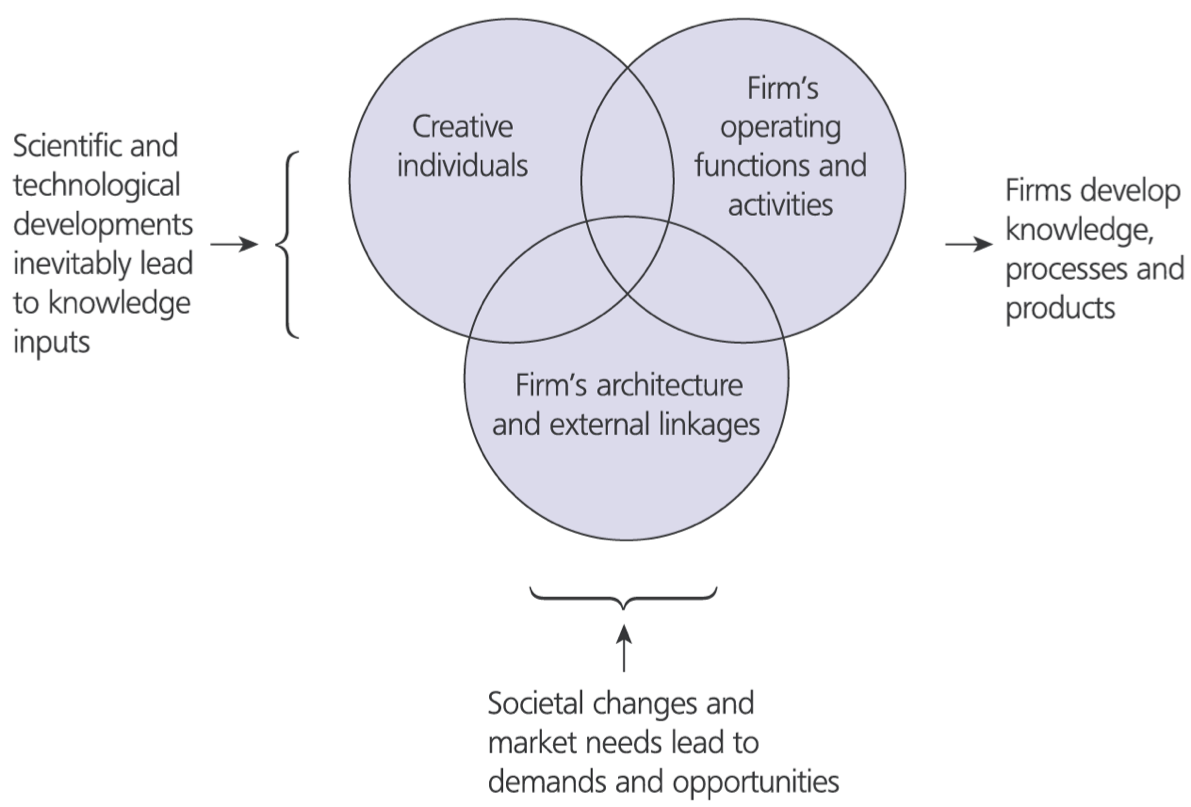About two months ago, I posted an article about the Publicis – Razorfish deal. Not that I have some sort of crystal ball, but here is a short paragraph I posted:
At the end of the day I don’t believe this deal will dramatically change the advertising industry. The integration of Razorfish will lead to adjustments in the portfolio, as well as reduced headcounts. Publicis will gain additional interactive expertise, and maybe they are on their way to “digital leadership”. However, Razorfish is the loser of this deal: they loose independence and will be integrated in the advertising potpourri of a large network (under the umbrella of another company). They have to find their place first, before they can gain strength. What’s left? Just a normal company acquisition…
And here are some news on the deal: As Razorfish is finally absorbed into Publicis Groupe, the two top execs Chief Strategy Officer Jeff Lanctot and Managing Director Jim Watson won’t be coming along for the ride. Read more


